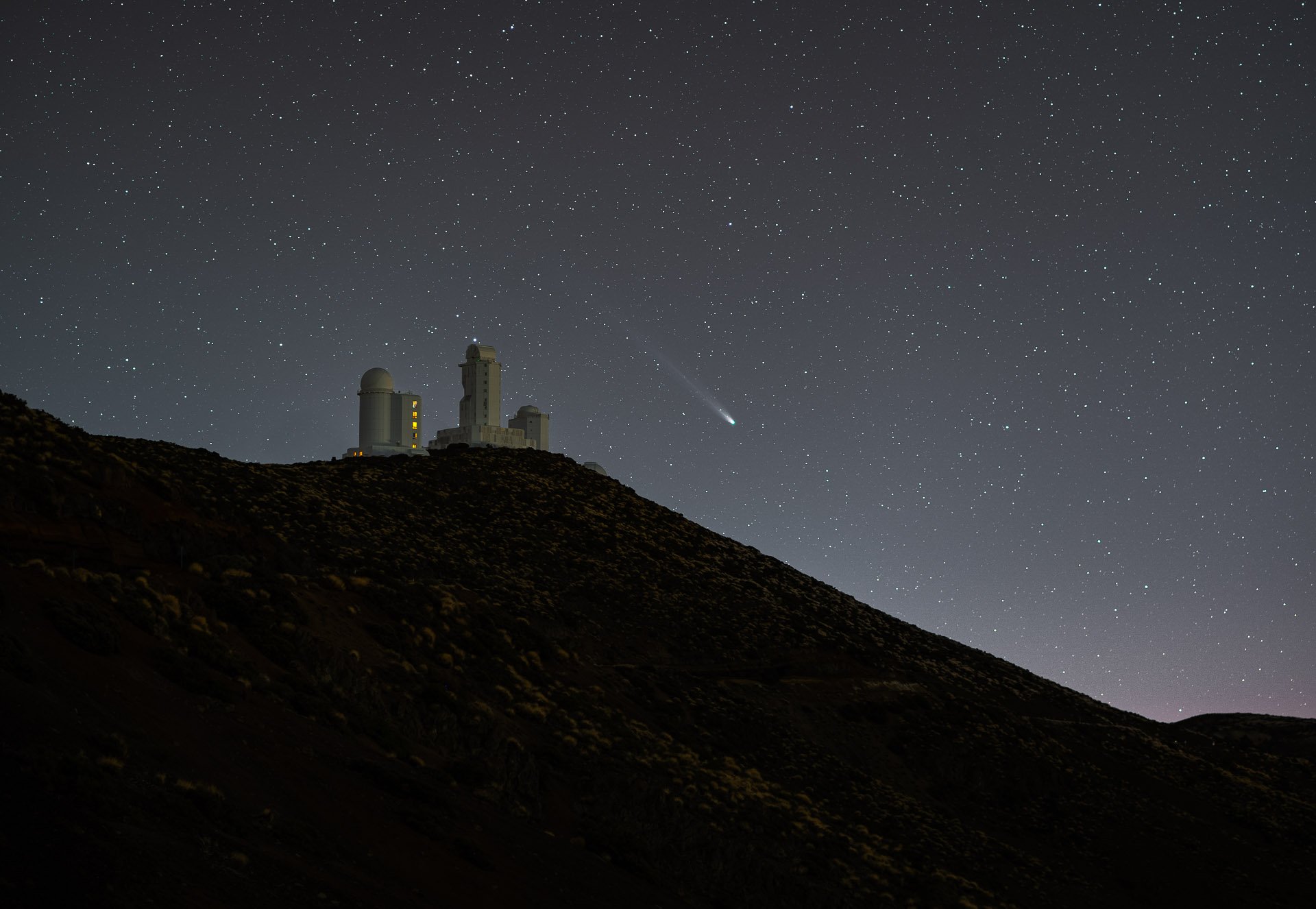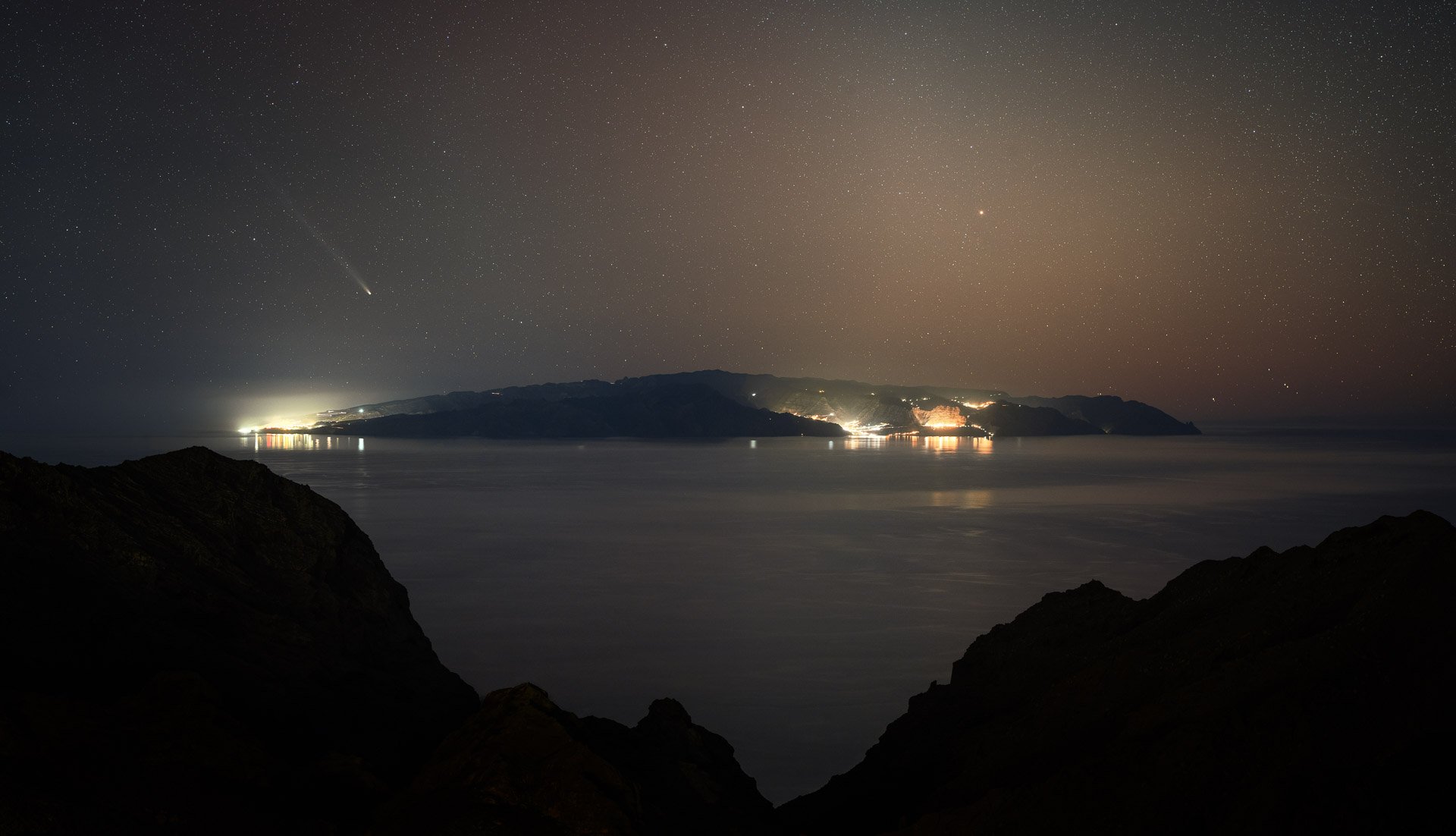Chasing Comet Leonard in Tenerife
2021 was an interesting and difficult year for my personal life. I spent the first half of it diagnosed with T-cell lymphoma cancer and was very close to starting chemotherapy at one point before I got a third opinion from a team of specialists in the UK and found out that it wasn’t cancer but a T-cell disorder of my immune system. That was a relief. Just as I was about to celebrate and get back on with life some unfortunate events in my close family knocked for me six and robbed me of a few more months of 2021.
Prior to a bone marrow biopsy. April 2021.
Once that had settled I headed off to Turkey to catch up with friends and enjoy a break. But that break lasted way longer than I’d planned. I just couldn’t find the motivation or inspiration to return to my photography and my business. And it’s not something I wanted to force.
As 2021 was drawing to a close I was reflecting on how little photography I had done. Apart from a workshop in Portugal and an incredible trip to Madeira I hadn’t really taken any new images. I even sat and watched the volcano erupting on La Palma from my laptop screen - an opportunity I would have barked at at any other point in time. Photographing a volcano is high on my bucket list. But my motivation was dead.
After a lovely Christmas with the family, I was struggling to make any plans to celebrate the New Year. A lot of my friends had covid and the rest were tied up with kids and family life. Then images began to emerge of a disconnection event in the tail of Comet Leonard. The solar wind had broken off a chunk of the gas tail and it was now extending huge distances in the sky. Up until this point, Leonard had failed to excite me. Even a bloody volcano had failed to excite me somehow. But this time it felt like a sign. It was as if the cosmic snowball was screaming, “GET ME BEFORE I’M GONE!”
I had already tried to capture Leonard from the UK, but it was lost in the glow of the evening twilight and was no longer visible from the UK. My followers on social media were dropping messages daily to let me know that they were excited to see how I capture Comet Leonard. I’d had enough. I opened SkyScanner and booked a flight for the next morning. I’d arrive to Tenerife at midday on the 31st of January with the goal of capturing the comet before 2021 came to an end. Who needs fireworks when you have a naked eye visible comet?
With the comet setting in the south-west I already began planning shots before I had arrived. The virtual reality mode of Planit Pro is great for this. It uses terrain data to create a virtual reality 3D look at the location you plan to shoot from. It doesn’t have things like buildings, but you can draw those in the 3D space if you so wish. You can even simulate the focal length of lens you plan on using to frame up your shot. For me, I wanted to capture the comet with the Teide Observatory, which has a number of telescopes and buildings perched nicely on top of a little hill. I didn’t bother creating the buildings in 3D in Planit Pro, the red dot of the ‘scene pin’ was enough for me.
I plotted the camera pin (blue) at a convenient road-side viewpoint and the scene pin (red) is plotted roughly on the observatory. The green lines show the angle of vview of my 85mm lens in landscape orientation and the yellow line is the position of Comet Leonard at 19:47 on 31-12-2021.
Using terrain data, Planit Pro is able to simulate how the landscape will look through my 85mm lens in landscape orientation. The red dot is the location of the scene pin on the observatory. You can manually draw in the buildings in 3D, although I didn’t need to.
The final image. Exactly as simulated in Planit Pro’s virtual reality.
Sony a7III + Sony FE 85mm f/1.8 + SkyWatcher Star Adventurer + Move Shoot Move V Mount
Sky (tracked) | f/2.2 | 8 x 1 min | ISO800
Foreground | f/2.2 | 9 x 1 min | ISO800
The setup.
That moment of finally capturing the comet instantly reminded me of why I love landscape astrophotography. All of that planning and pre-visualising, the effort of getting into location and chasing the idea and the moment that the shutter closes and you’ve captured photons that have travelled across space for unfathomable distances and lengths of time. I’d captured a special moment in astronomical history. Comet Leonard won’t return for another 80,000 years.
ASTRO WORKFLOW LIGHTROOM PRESETS
Not just your average one-click-of-a-button presets, this pack helps you to develop a workflow in your astrophotography processing and allows you to add your own personal touch throughout the edit. Local adjustment tool presets such as the Milky Way Pop brush or the Darken Sky gradient tool help you to sculpt and shape your images to your own artistic desire.
As good as it felt, I was a little disappointed in the lack of detail in the tail of the comet. As dark as Teide National Park is, it’s plagued with light pollution on the horizon by the surrounding coastal towns and cities. It also doesn’t help that the comet is so low on the horizon after sunset, so you’re looking through a lot of Earth’s atmosphere in order to see the comet.
To seek better results, the next day I decided to head to Teno lighthouse. It’s right on the north-west tip of the island and would provide a good lookout over sea, where there is no light pollution. Though this does come with the risk of bad, hazy seeing conditions and this side of the island rarely has clear skies thanks to the direction of the trade winds. Unfortunately, I wasn’t going to see how conditions were as the road to the lighthouse is closed from Friday to Monday. You can also access it after 7pm on Monday, Tuesday, Wednesday and Thursday. And it was Saturday.
I was completely deflated. Not just because I’d miss the shot, but because I was far away from any other location to shoot the comet. But I had a flashback to a beautiful viewpoint about 30 minutes back on the road. I jumped in the car and headed off, with no time to spare.
Comet Leonard, Saturn and the zodiacal light above La Gomera, Canary Islands.
Sony a7III + Sony FE 85mm f/1.8 + SkyWatcher Star Adventurer + Move Shoot Move V Mount
Sky (Tracked 3-shot panorama) | f/2.8 | 90 secs | ISO640
Foreground (3-shot panorama) | f/2.8 | 90 secs | ISO640
A wider view of Comet Leonard, Jupiter, Saturn and the zodiacal light.
Sony a7SII + Sony 35mm f/1.4 GM
3-panel panorama | f/2.0 | 16 x 8secs | ISO3200
Sadly, when I returned to the lighthouse shot on the last night of my trip, the road was completely closed due to rockfall. They were predicting that it would be closed for the next 2 or 3 months in order to clean things up and fix the road. Whilst comet Leonard may have faded and headed back to outer space, I’ll be back to photograph that damn lighthouse. I don’t like unfinished business.








